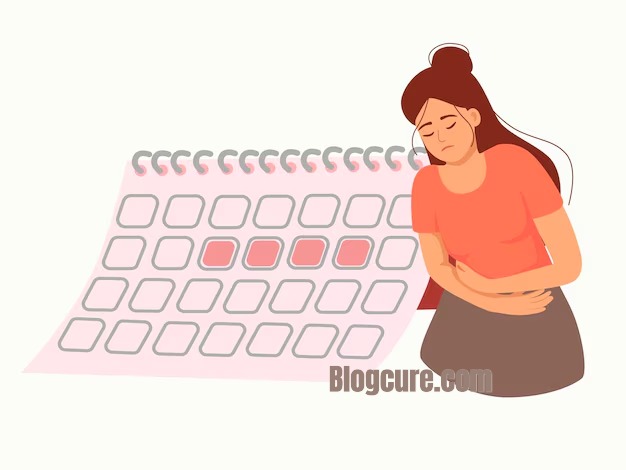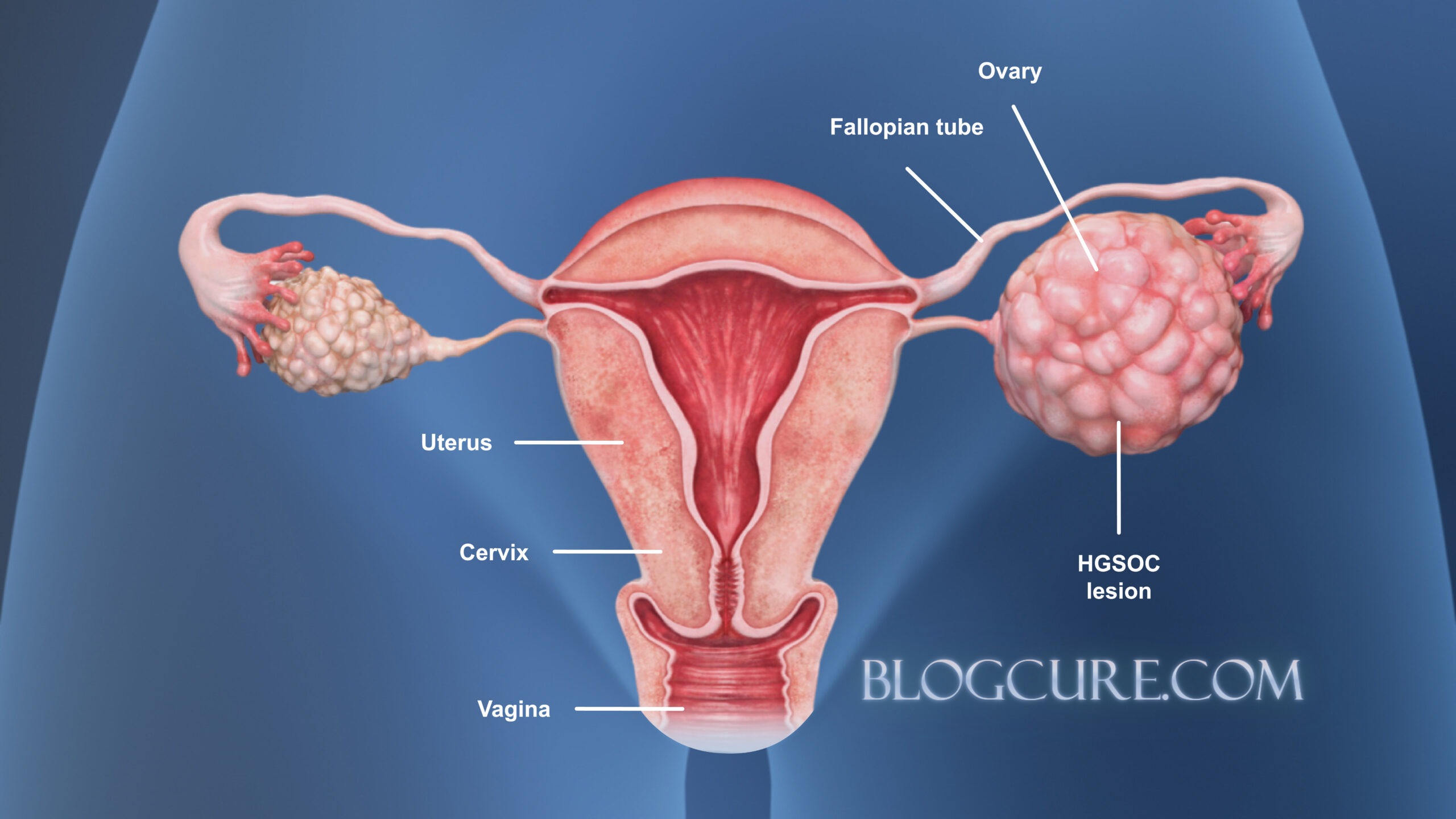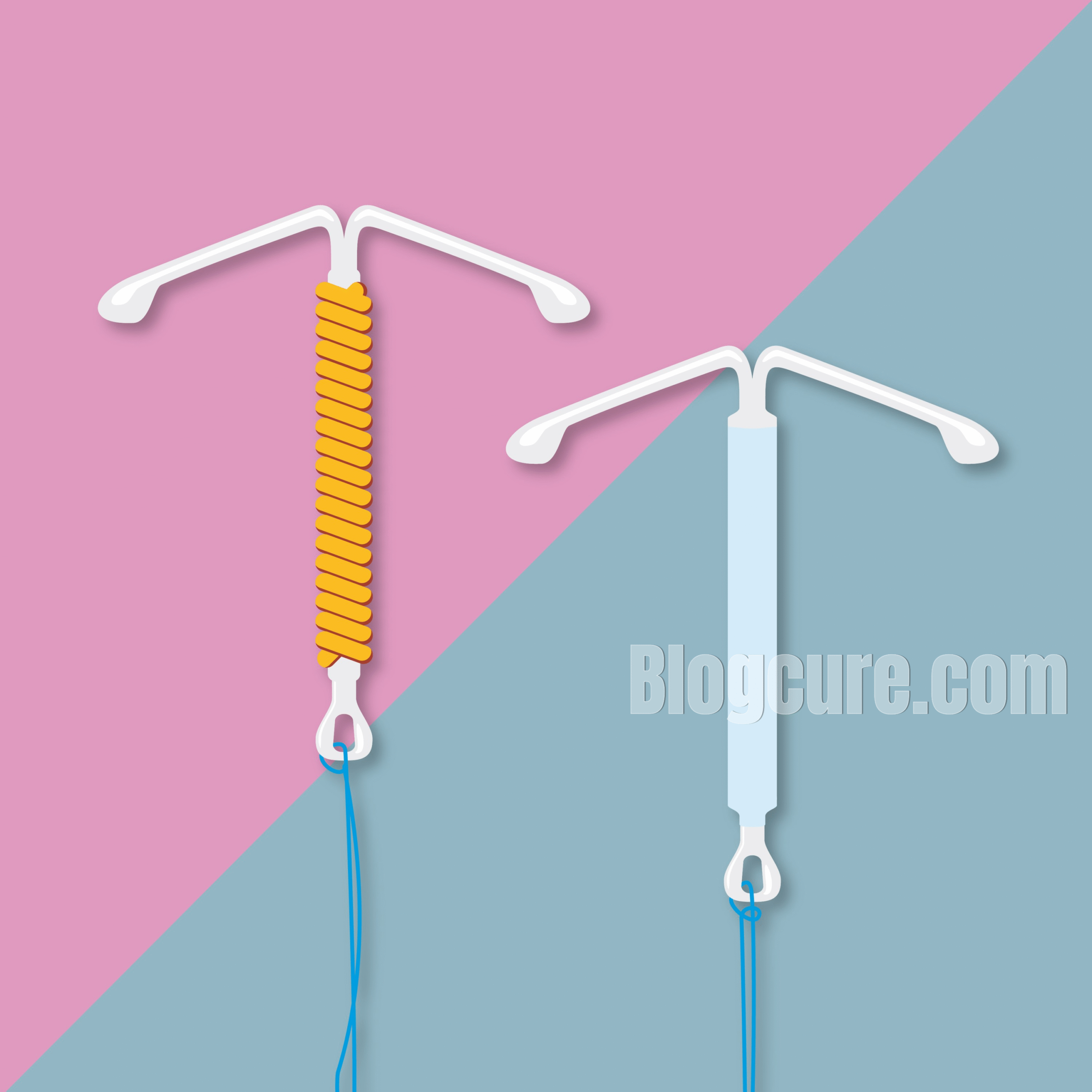
🩷 Intrauterine Device (IUD): Complete Patient Guide for Women’s Reproductive Health
Learn everything about intrauterine devices (IUDs) — how they work, types, insertion, benefits, side effects, and who can use them. A complete patient guide for safe and effective birth control.
🌸 What Is an Intrauterine Device (IUD)?
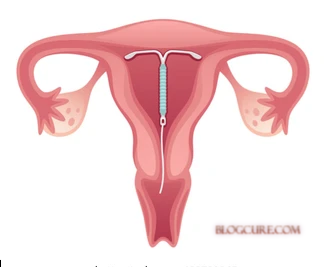
An intrauterine device (IUD), commonly known as a spiral, is a small T-shaped birth control device that is placed inside the uterus to prevent pregnancy.
It is one of the most effective, long-acting, and reversible contraceptive methods available worldwide.
IUDs are designed to prevent fertilization by stopping sperm from reaching and fertilizing the egg.
They come in two main types:
- Copper IUDs, which release copper ions toxic to sperm
- Hormonal IUDs, which release a small amount of the hormone progesterone to thicken cervical mucus and thin the uterine lining.
Once inserted, an IUD starts working immediately and can provide protection from pregnancy for 3 to 10 years, depending on the type. When removed, fertility returns quickly, usually within a few weeks.
💡 IUDs do not protect against sexually transmitted infections (STIs). Condoms are still recommended for STI prevention.
🧬 Types of IUDs
There are two primary types of IUDs — copper and hormonal. Both are highly effective, but they work in different ways and are suitable for different women depending on medical history and hormonal tolerance.
| Type | Main Component | How It Works | Duration of Effectiveness | Best For |
|---|---|---|---|---|
| 🩶 Copper IUD | Copper wire around plastic frame | Releases copper ions that immobilize sperm and prevent fertilization | Up to 10 years | Women who prefer a hormone-free option |
| 💗 Hormonal IUD | Contains progesterone hormone | Thickens cervical mucus and thins uterine lining, sometimes stops ovulation | 3–5 years | Women who experience heavy periods or prefer hormonal regulation |
💗 Hormonal IUDs
Hormonal IUDs (e.g., Mirena®, Kyleena®, or Liletta®) release low doses of progesterone directly into the uterus.
This hormone thickens the cervical mucus, preventing sperm from reaching the egg, and sometimes halts ovulation altogether.
Many women experience lighter and less painful periods while using hormonal IUDs, making it a preferred option for those with heavy menstrual bleeding.
When removed, hormonal levels quickly return to normal, and fertility is restored.
🩶 Copper IUDs
Copper IUDs do not contain hormones. The copper ions act as a natural spermicide, creating an environment in the uterus that is toxic to sperm.
They can also prevent implantation of a fertilized egg by altering the uterine lining.
Copper IUDs can even be used as emergency contraception if inserted within 5 days after unprotected intercourse — offering more than 99% effectiveness in preventing pregnancy.
However, because copper can sometimes increase menstrual bleeding and cramping, women with heavy periods may prefer hormonal alternatives.
🩺 How Does an IUD Prevent Pregnancy?
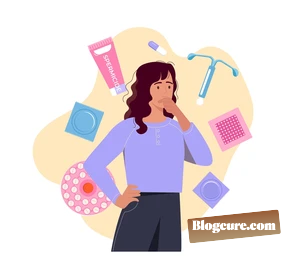
IUDs prevent pregnancy through multiple mechanisms, depending on their type:
- Prevention of Fertilization: Copper or hormones change the uterine environment, making it toxic to sperm.
- Thickening of Cervical Mucus: Hormonal IUDs make it difficult for sperm to enter the uterus.
- Endometrial Effect: They thin the uterine lining, preventing implantation.
- Foreign-Body Reaction: The IUD acts as a mild irritant in the uterus, activating immune cells that destroy sperm and egg cells.
⚕️ IUDs are up to 99% effective, placing them among the most reliable forms of reversible contraception.
🕒 When Can an IUD Be Inserted?
The ideal time to insert an IUD is usually during the menstrual period, when the cervix is naturally more open, and the likelihood of pregnancy is lowest.
However, it can be inserted at any time in the menstrual cycle, provided that pregnancy is excluded.
- Hormonal IUDs: If inserted within 7 days of the period starting, they work immediately. Otherwise, use a backup method (like condoms) for the first week.
- Postpartum: IUDs can be placed 6 weeks after delivery or even immediately after childbirth, depending on the patient’s condition.
- After miscarriage or abortion: IUDs can be safely inserted once any infection is ruled out.
Always consult your gynecologist for the best timing and type of IUD for your health profile.
🧷 How Is an IUD Inserted?
The IUD insertion is a short, outpatient procedure that typically takes 5–10 minutes. It must be performed by a qualified healthcare provider.
Step-by-Step Procedure
- The doctor performs a pelvic examination to assess the uterus and rule out infections.
- A speculum is inserted to visualize the cervix.
- The area is cleaned and disinfected.
- The uterus’s depth is measured using a sound instrument to choose the correct IUD size.
- The IUD is placed inside an applicator and gently inserted through the cervix.
- Once positioned, the IUD arms open into the T-shape.
- The strings are trimmed to 1–2 cm, remaining just outside the cervix for easy removal later.
Most women describe the sensation as mild cramping, not severe pain. A local anesthetic or pain reliever can be used for comfort if needed.
💡 After insertion, mild cramping and spotting for a few days are normal. Avoid sexual intercourse or tampon use for at least 48 hours.
👩⚕️ Who Can Use an IUD?
An IUD (intrauterine device) is suitable for most women seeking long-term, reversible birth control.
It is ideal for those who:
- Want to avoid pregnancy for several years
- Prefer a low-maintenance, reliable method
- Are breastfeeding (safe for nursing mothers)
- Have difficulty remembering daily pills
- Want to stop using hormonal pills or injections
Both women who have given birth and those who haven’t can use IUDs. However, for women who haven’t delivered, the procedure may feel slightly more uncomfortable due to a smaller cervical opening.
💡 Best Candidates
| ✅ Recommended For | 🚫 Not Recommended For |
|---|---|
| Women wanting long-term birth control | Women who wish to conceive in less than a year |
| Breastfeeding mothers | Those with uterine abnormalities |
| Women sensitive to hormonal pills | Women with active pelvic infection |
| Women seeking a hormone-free method | Women with multiple sexual partners or partners with STIs |
| Those who had a miscarriage and want future protection | Those with unexplained vaginal bleeding or uterine cancer |
🩺 Always discuss your medical history with your gynecologist before choosing an IUD.
🌿 Benefits of IUDs
IUDs are among the most effective and convenient forms of contraception available today.
They offer numerous benefits beyond birth control:
💎 Major Advantages
- Long-lasting protection:
- Copper IUDs last up to 10 years
- Hormonal IUDs up to 5 years
- High effectiveness:
- Over 99% protection rate
- Low maintenance:
- Once inserted, you don’t have to do anything daily or monthly
- Reversible:
- Fertility returns immediately after removal
- Cost-effective:
- One-time insertion, years of protection
- Safe for breastfeeding mothers
- Does not affect milk production
- Hormone-free options available (Copper IUDs)
🩷 Additional Health Benefits (Hormonal IUDs)
- Reduces heavy menstrual bleeding
- Helps with menstrual pain (dysmenorrhea)
- May prevent endometrial hyperplasia
⚠️ Possible Side Effects and Risks

While IUDs are safe for most users, some women may experience mild side effects during the first few months.
Common Side Effects
| Symptom | Description |
|---|---|
| 🩸 Irregular bleeding | Spotting or heavier periods (especially with copper IUDs) |
| 🤕 Cramping | Usually mild; can occur after insertion |
| 🌡️ Mild infection | Rare; mostly within the first 20 days |
| 💫 Dizziness or fainting | Temporary, due to uterine cramping during insertion |
These side effects usually resolve within a few weeks as the body adjusts.
Rare but Serious Complications
- Pelvic inflammatory disease (PID)
- Uterine perforation (extremely rare, 1 in 1,000 insertions)
- IUD expulsion (device moving out of place)
⚠️ If you experience severe abdominal pain, fever, foul discharge, or excessive bleeding — contact your doctor immediately.
🧵 How Is an IUD Removed?
Removing an IUD is a quick and simple procedure performed by a healthcare provider.
It is typically done when:
- The IUD has reached the end of its lifespan
- You want to become pregnant
- You experience side effects or infection
Removal Steps
- The doctor locates the IUD strings at the cervix.
- With gentle traction, the IUD arms fold up as it slides out.
- The process takes less than 2 minutes and causes minimal discomfort.
💡 You can have a new IUD inserted immediately after removal if continued protection is desired.
Fertility typically returns right away, but it may take a few months for menstrual cycles to normalize in some women.
🚨 Warning Signs — When to See a Doctor
Seek immediate medical care if you notice any of the following:
- Severe lower abdominal or pelvic pain
- Foul-smelling or colored vaginal discharge
- Fever, chills, or fatigue
- Missing or shortened IUD strings
- Heavy or prolonged menstrual bleeding
- Signs of pregnancy (delayed period >10 days)
🩺 Tip: Perform a self-check monthly by gently feeling for the IUD strings near the cervix — if they feel shorter or missing, contact your doctor.
🩷 Summary
The intrauterine device (IUD) is a safe, effective, and reversible birth control method trusted by millions of women worldwide.
Whether you choose a hormonal or copper IUD, both provide long-lasting protection without daily maintenance.
With proper medical guidance and regular follow-ups, IUDs offer women freedom, safety, and control over their reproductive health.
🌸 Always consult your gynecologist before choosing the most suitable IUD for your body and lifestyle.
💬 Frequently Asked Questions About IUD (Intrauterine Device)
1. 💡 What exactly is an IUD?
An IUD (Intrauterine Device) is a small T-shaped plastic device placed inside the uterus to prevent pregnancy. It works either by releasing copper ions or a small amount of hormone (progesterone). It does not interfere with daily life or sexual activity.
2. ⏱️ How long does the insertion take, and is it painful?
Insertion usually takes 5–10 minutes. Most women describe it as mild to moderate cramping, similar to menstrual pain. A doctor can apply local anesthesia or a numbing gel to minimize discomfort.
3. 🩸 What should I expect after IUD insertion?
Mild cramping and light bleeding or spotting are normal for a few days. Avoid sexual intercourse, tampons, and swimming for 48 hours. If severe pain, fever, or heavy bleeding occurs, see your doctor immediately.
4. 🩷 How soon does the IUD start working?
- Copper IUD: Works immediately after insertion.
- Hormonal IUD: Works immediately if inserted during your period, or within 7 days of cycle start. If placed at another time, use condoms for the first week.
5. 👶 Can I get pregnant after removing an IUD?
Yes, fertility returns almost immediately after removal. Most women ovulate within 2–4 weeks, and pregnancy is possible within the first cycle.
6. 🚼 Can I use an IUD if I have never been pregnant?
Yes, both copper and hormonal IUDs are suitable for women who have not had children. The cervix may be slightly tighter, but your doctor can use a smaller IUD type and gentle technique.
7. 🍼 Is it safe to use an IUD while breastfeeding?
Yes. The IUD does not affect milk supply or quality, and it’s one of the safest contraceptive methods for breastfeeding mothers.
8. 🤕 What are the possible side effects after IUD insertion?
- Cramping or pelvic discomfort
- Spotting between periods
- Slightly heavier bleeding with copper IUDs
- Irregular or lighter periods with hormonal IUDs
- Rarely, dizziness or fainting during insertion
These usually disappear after the first few months.
9. ⚠️ When should I be concerned after getting an IUD?
Call your doctor if you have:
- Severe abdominal or pelvic pain
- Fever or chills
- Foul-smelling vaginal discharge
- Very heavy or prolonged bleeding
- Cannot feel the IUD strings or they seem shorter/longer
10. 🧭 How do I check if my IUD is still in place?
Once a month, after your period, wash your hands and gently insert a finger into your vagina to feel the IUD strings near your cervix.
If you can’t feel them, or they feel different, schedule a check-up — the device may have moved.
11. ❌ Can an IUD fall out or move?
Rarely, yes. It happens in 2–10% of women, especially within the first 3 months.
If it happens, you might feel the strings longer or experience unusual cramping. Avoid unprotected sex and visit your doctor.
12. 🧫 Can I get an infection from an IUD?
The risk is very low, especially when inserted by a qualified professional.
Most infections occur in the first 20 days and are related to pre-existing sexually transmitted infections (STIs). That’s why doctors often screen for infections before insertion.
13. 💊 Can I use emergency contraception with an IUD?
Yes. In fact, a copper IUD is the most effective emergency contraceptive when inserted within 5 days of unprotected sex — even more effective than emergency pills.
14. 🩹 Can I take painkillers before or after insertion?
Yes. Taking an NSAID (like ibuprofen) 30–60 minutes before the procedure helps reduce cramping. Continue for 1–2 days afterward if needed.
15. 🧘♀️ Will the IUD affect my hormones, mood, or weight?
- Copper IUDs: contain no hormones → no effect on mood or weight.
- Hormonal IUDs: release only a small local dose of progesterone, so systemic effects are minimal. Some women even report improved PMS symptoms.
16. 🔥 Does an IUD increase menstrual bleeding?
- Copper IUDs may cause heavier or longer periods in the first months.
- Hormonal IUDs often cause lighter bleeding or even stop periods altogether.
17. 💑 Can my partner feel the IUD during sex?
Typically no. The IUD sits inside the uterus. Occasionally, the strings may be felt if they are too long — your doctor can trim them easily.
18. 🩺 How often should I have check-ups?
- 1st check: 4–6 weeks after insertion
- Then: once a year unless you experience pain, bleeding, or missing strings
19. ⏰ How long does an IUD last?
- Copper IUDs: up to 10 years
- Hormonal IUDs: usually 3–5 years
After this period, the device must be replaced to maintain protection.
20. 🧬 Can an IUD cause ectopic pregnancy?
Very rarely, yes. If pregnancy occurs with an IUD, there is a slightly higher chance that it may be ectopic (outside the uterus). Seek medical care immediately if you have sharp one-sided pelvic pain or dizziness.
21. 👩⚕️ Can I get an IUD after childbirth or miscarriage?
Yes.
- After normal delivery: 6 weeks post-partum
- After C-section: 8 weeks post-partum
- After miscarriage: once infection is ruled out
22. 💧 Can I swim, exercise, or use tampons with an IUD?
Yes, you can live completely normally. Just avoid inserting anything into the vagina for the first 48 hours after the procedure.
23. ⚖️ Which is better — hormonal or copper IUD?
| Feature | Hormonal IUD | Copper IUD |
|---|---|---|
| Contains hormones | ✅ Yes (progesterone) | ❌ No |
| Effect on periods | Lighter or no bleeding | Heavier bleeding |
| Duration | 3–5 years | Up to 10 years |
| Suitable for hormone-sensitive women | ❌ No | ✅ Yes |
| Cost | Higher | Lower |
| Emergency contraception use | ❌ No | ✅ Yes |
24. 💬 What if I forget when my IUD was inserted?
You can check your medical card, or your gynecologist can verify the IUD type and duration with an ultrasound or during a pelvic exam.
25. 🧠 Can an IUD migrate or damage the uterus?
Extremely rare. In very few cases (about 1 in 1,000), the IUD can perforate the uterine wall during insertion. This is why the procedure must always be done by an experienced provider.
26. 💉 Can I get vaccinated or have MRI scans with an IUD?
Yes. IUDs do not interfere with vaccinations, MRI, or X-rays. They are made of non-magnetic materials.
27. 🌍 Is the IUD a modern method?
Yes. Although IUDs have been around for over 50 years, today’s versions (like Multiload, Mirena, and Kyleena) are smaller, safer, and more comfortable than ever before.
28. 🌿 What should I avoid after getting an IUD?
For the first few days:
- Avoid intercourse
- Avoid swimming or baths
- Avoid inserting tampons or menstrual cups
After one week, you can return to all normal activities.
29. 🕊️ Can I use an IUD if I have endometriosis or fibroids?
Yes — especially hormonal IUDs, which can help reduce bleeding and pain caused by endometriosis or fibroids. Your gynecologist will confirm suitability.
30. 📞 What should I do if I can’t find my IUD strings?
Do not panic. Sometimes they retract slightly inside the cervix.
Avoid intercourse and visit your doctor. They can locate it with a speculum exam or ultrasound.
💗 Remember: IUDs are one of the safest, most effective, and reversible forms of birth control — but they must always be inserted and monitored by a qualified healthcare professional.


